Houghton Rotary Copper Mining Heritage Tour

The Houghton Rotary Club has organized a Copper Mining Heritage Tour for Saturday, August 8, 2020 from 9 am to 3 pm. On this very special day, attendees will receive access to and expert interpretation of five Quincy Mining Company sites that typically aren’t available to visitors. The guided tours will be led by experts in the field who have researched, written books and supported copper mining industry preservation.

Over its 120 years of operation, the Quincy Mining Company (QMC) was one of the largest and most profitable copper operations in the world. From sinking its first shaft in 1846, to the closure of its copper smelting facility in 1971, the QMC built and operated mining, milling, and smelting works to extract and refine copper from vast deposits near Hancock, Michigan. Many of the remnants of this world-class operation are today recognized as components of a national park and national historic landmarks – but not all are adequately preserved or interpreted. The special tours described below illuminate a portion of the vast operations of the Copper Country’s historic mining landscape.
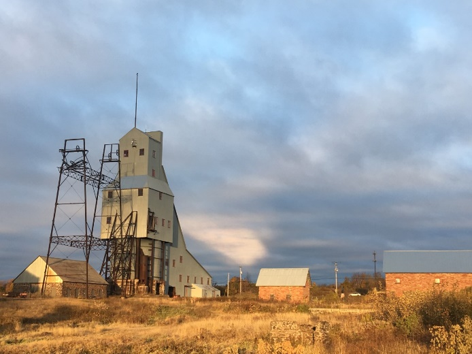
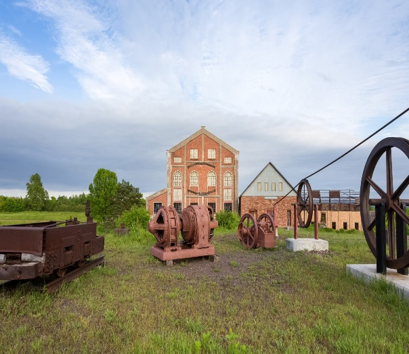
Quincy Mine Surface Tour
While the Quincy Mine Hoist Association hosts excellent underground tours, the surface works are self-guided and of limited access – including the Quincy No. 2 Shaft-Rock House, arguably the most recognizable landmark of the Copper Country’s mining heritage landscape. This iconic structure shelters the opening to what was the world’s deepest mineshaft at 9,260 feet. Attendees will receive a guided tour of the shaft-rock house and a large collection of industrial artifacts.

Quincy Mine Engine (Railroad) House
To connect its mine to its mill, the QMC established and operated the Quincy and Torch Lake Railroad (Q&TLRR), a 6 ½-mile, narrow-gauge stretch of track that connected the mill town of Mason with the mine and the smelter complex. Support structures for this railroad included a roundhouse and a water tower, both of which remain as part of Keweenaw’s industrial heritage landscape. The Rotary tour will include a guided tour of the roundhouse and the historic railroad’s story.
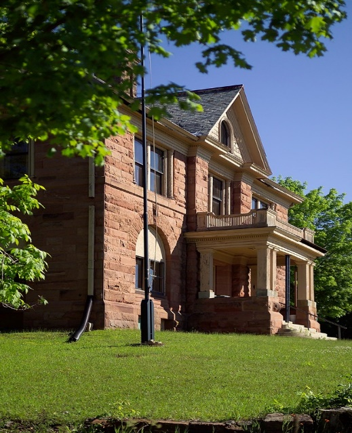

Quincy Mine Company Buildings
In addition to constructing impressive industrial structures, the QMC also built administrative buildings and housing for their employees and their families. Two grand examples of these non-industrial Quincy buildings are the Quincy Mine Office and the Quincy Agent House. The QMC built the Mine Office in 1895 to serve as their main local administrative building. The Mine Office provided office space for mine officials, draftsmen, accountants, and other clerical staff. Today, the National Park Service owns the building and leases the offices to local nonprofit organizations. The QMC built the Italianate style Agent House in 1881 to provide a home for the Mine Agent. Today, the house is privately owned. For this event, access and tours have been arranged of both buildings.


Quincy Mill Site and Dredge (Mason)
Once the copper ore was out of the ground, it needed to be crushed and further sorted before it was melted down to be cast into ingots for transport. This crushing took place at Quincy’s stamp mills on the shores of nearby Torch Lake. In 1889, the QMC built a mill and a complex of support facilities in Mason; by 1900, the mill’s capacity was outstripped, and the company built a new, larger, mill nearby. These mills were altered, improved, and added to over the following decades, and a new building for a steam turbine was built in 1921. Today, the privately-owned remnants of Mills 1 and 2 and the Steam Turbine Building can be seen by anyone traversing M26, but there has been no public interpretation of the site before this Rotary tour.
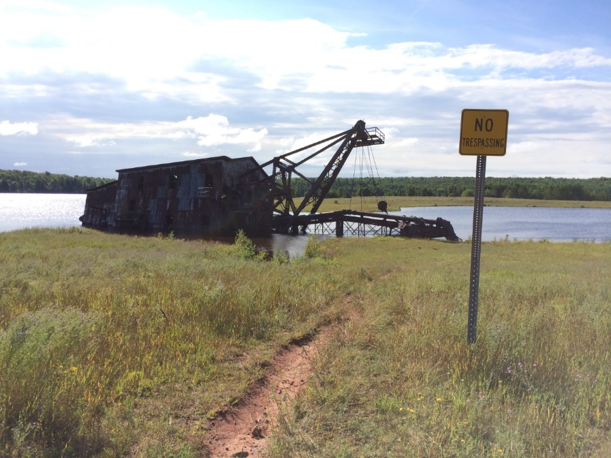
As the technology for profitably extracting ever-smaller particles of copper from ore evolved, it became increasingly worthwhile to reclaim previously-milled sand from Torch Lake. Pulling these tailings from the lake was the job of Quincy Dredge No. 2, built in 1914 and in use until 1967. Today, the Houghton County Historical Society owns the aging hulk of the dredge and Rotary has arranged for an expert to be on site
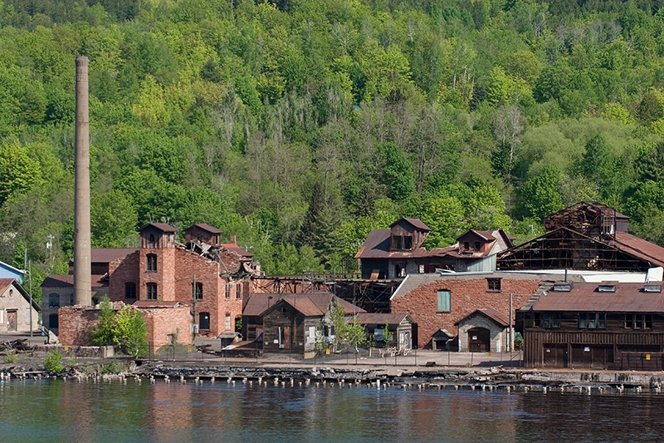
Quincy Smelting Works (Ripley)
Initially, Quincy Mine’s output was, while significant, insufficient to justify the construction of a dedicated smelting facility, but this situation changed by the late 1890s. The QMC built the Quincy Smelting Works in 1898 with over a dozen buildings, and operated the facility until 1971. Today, it is the best-preserved copper smelter of its era in the world. The facility is open for regular tours of the buildings and grounds in the summer, but participants in this Rotary tour will have special access to the site on tours led by expert interpreters.
Tickets will be sold the day of the event at the sites and can be purchased in advance online. Ticket prices on-site are $25 per adult and $15 for students ages 12 to 15. Children under 12 are free. Ticket prices online are $20 per adult and $10 for students ages 12 to 15; plus, a processing fee. This event runs rain or shine and unfortunately, we cannot provide ticket refunds. If you have any questions regarding your ticket, please contact rotaryminetour@gmail.com.
Proceeds will benefit the Houghton Rotary Scholarship Fund and the Keweenaw National Historical Park’s Heritage Grant Program.
More details will be posted as we get closer to the tour date. You can follow us on Facebook and contact us at rotaryminetour@gmail.com.

.png)












